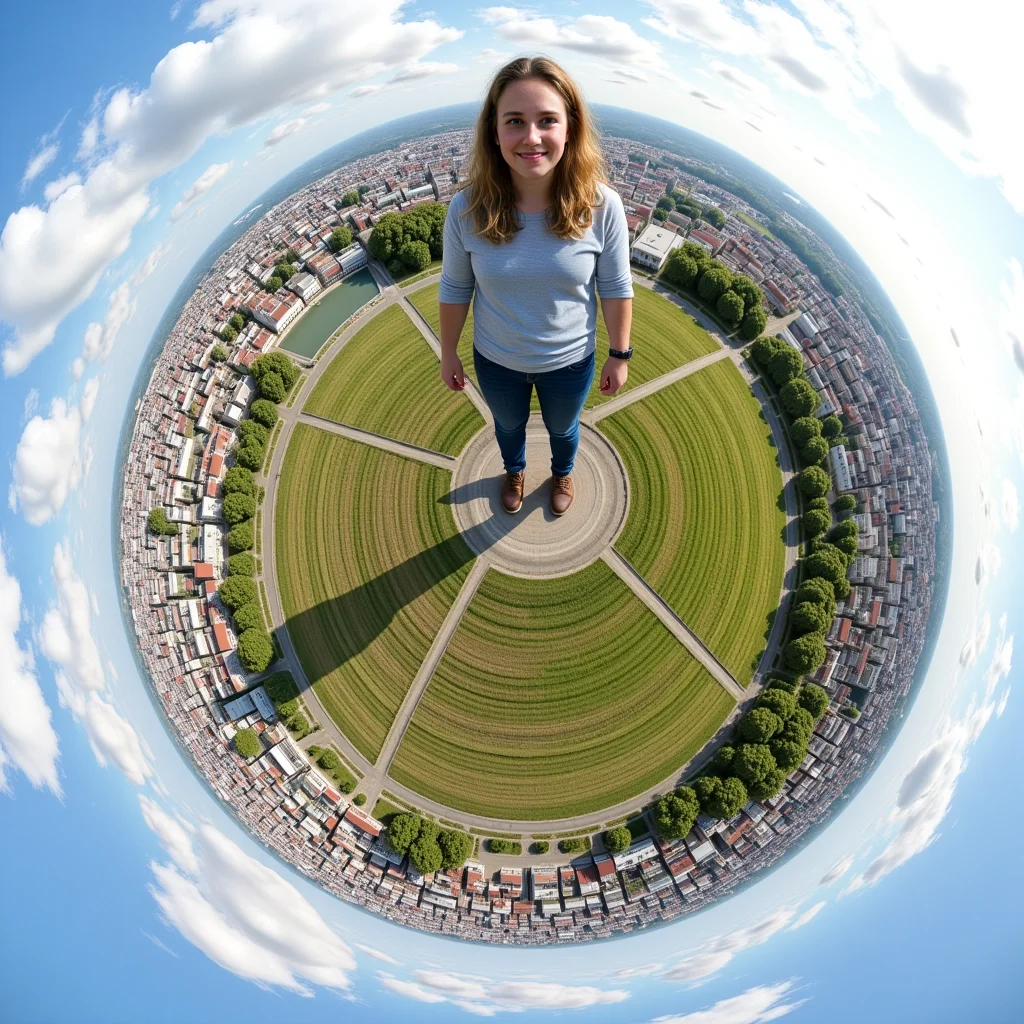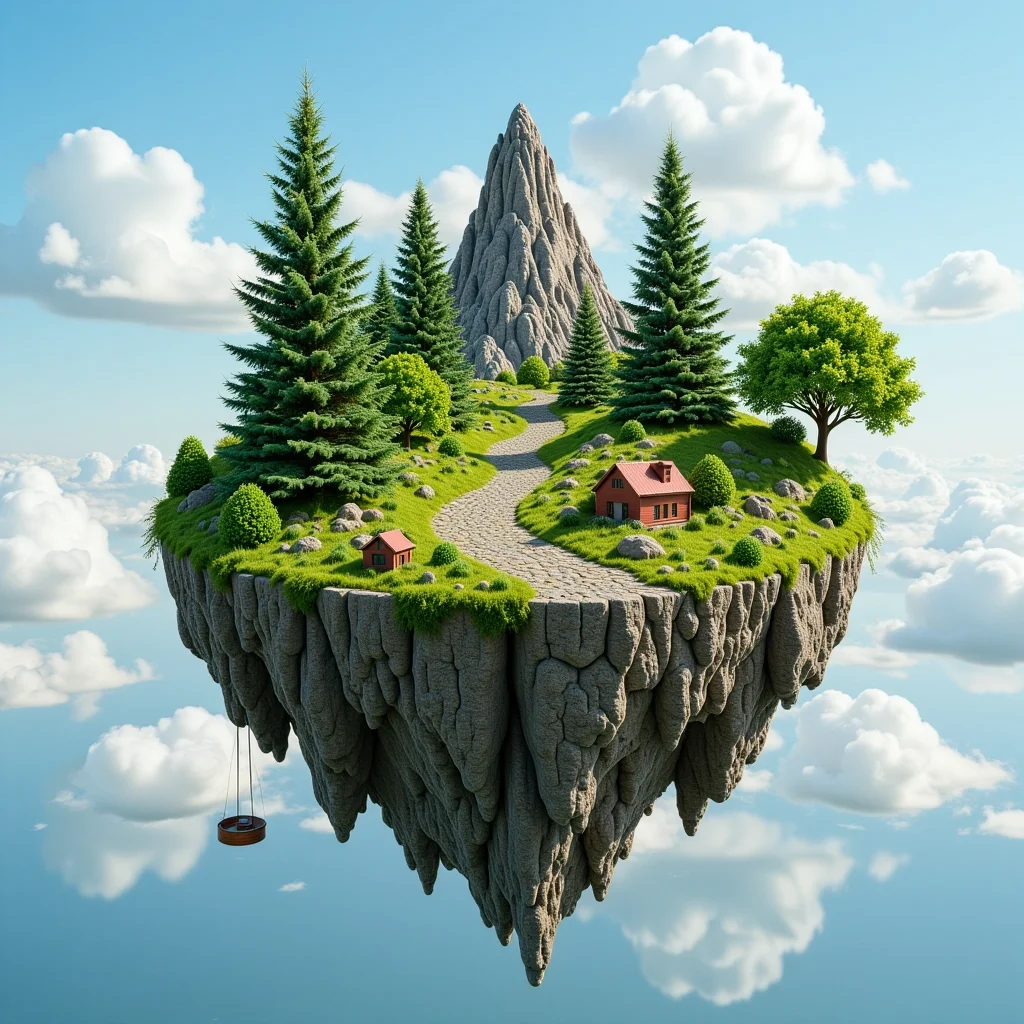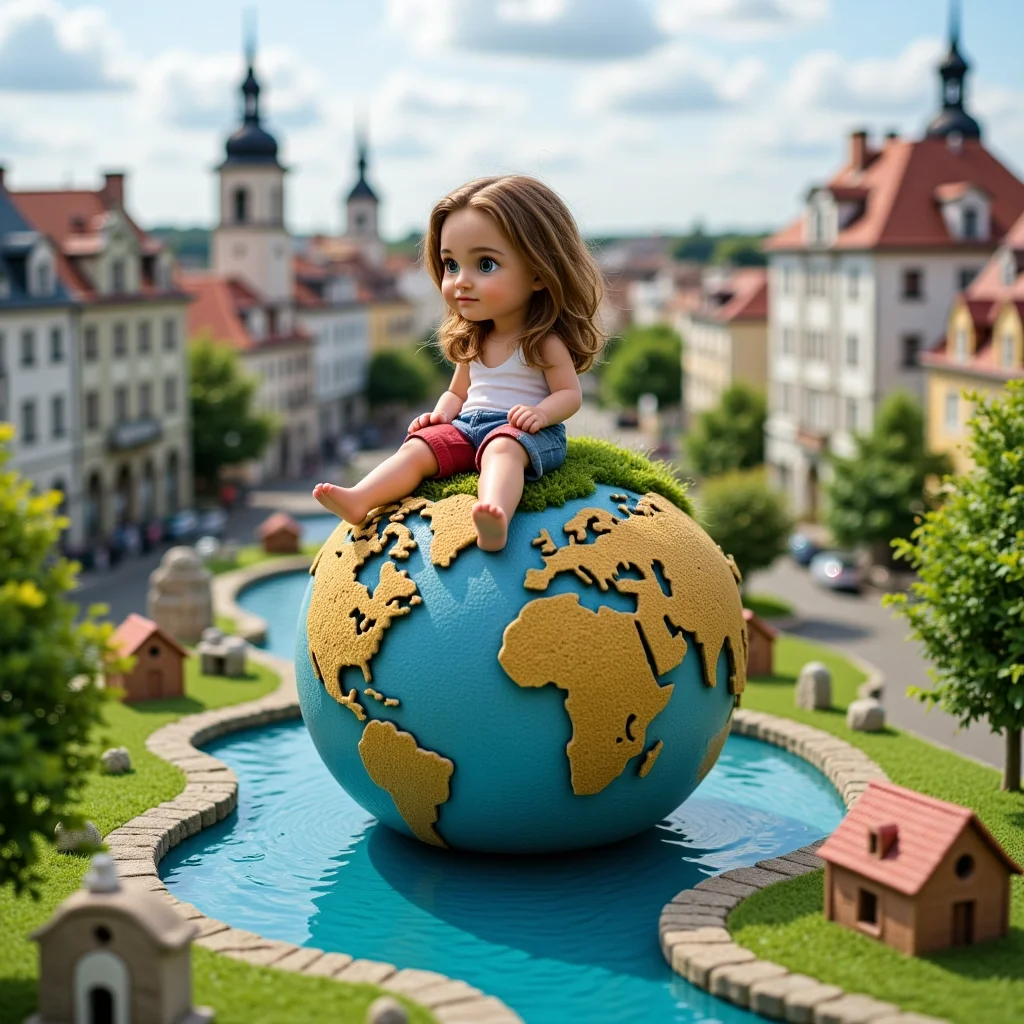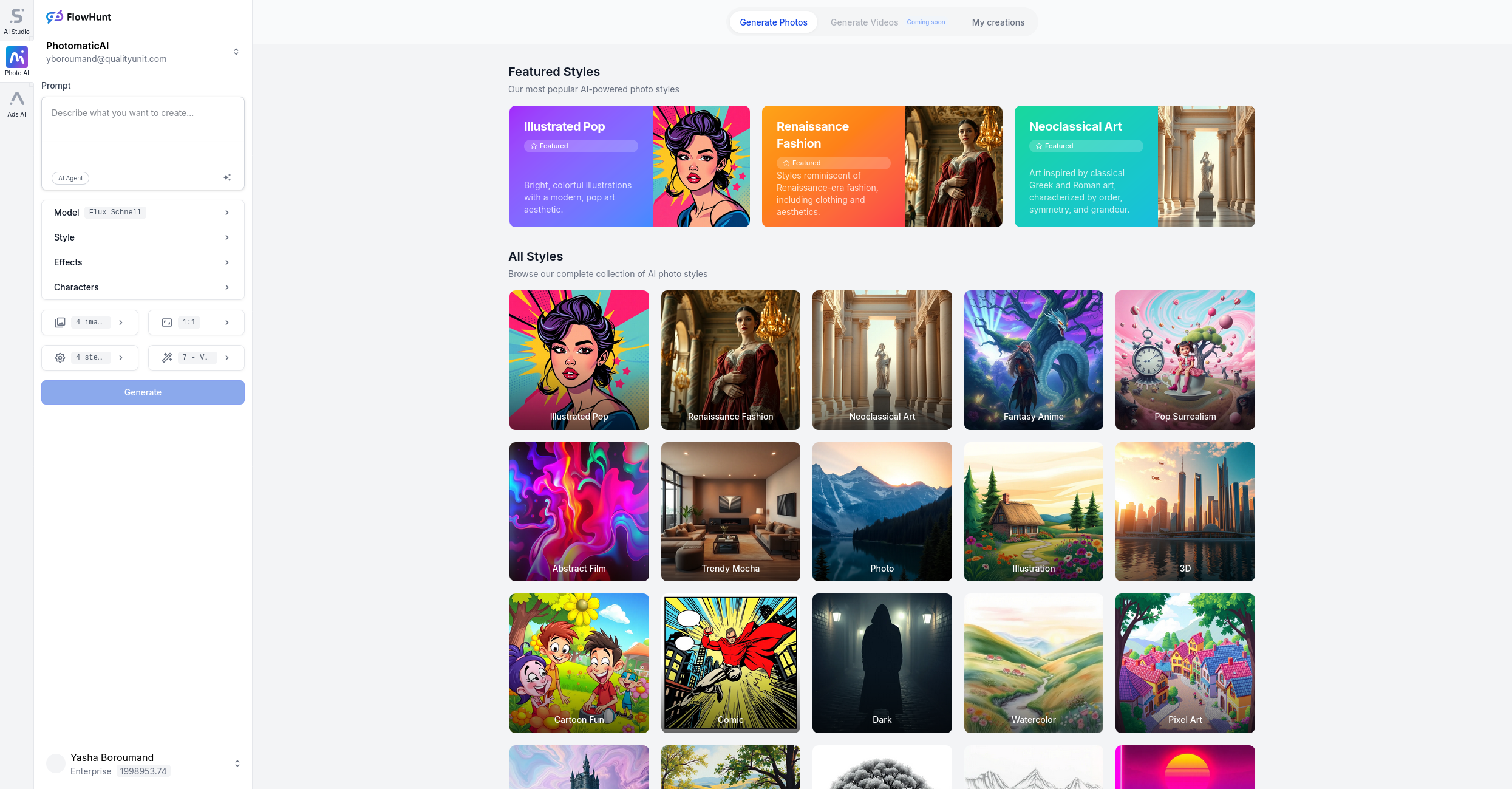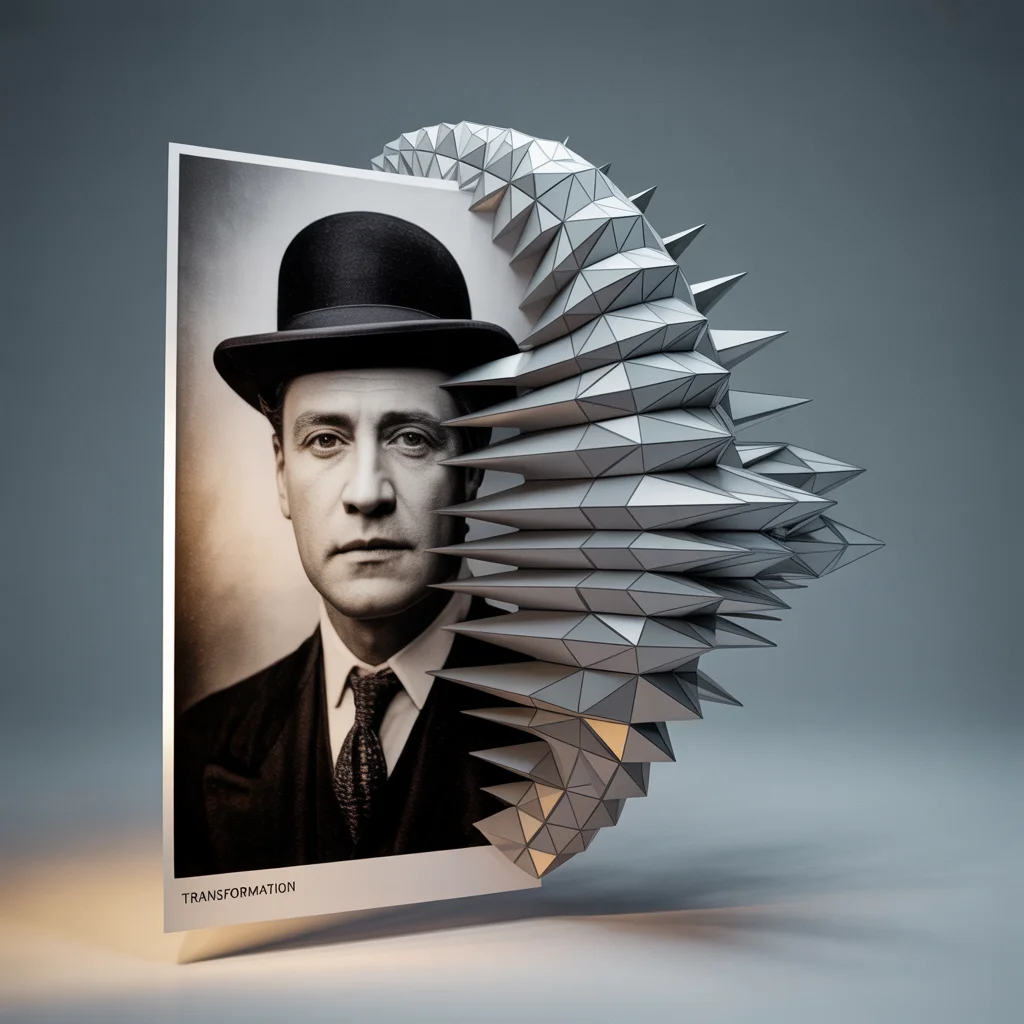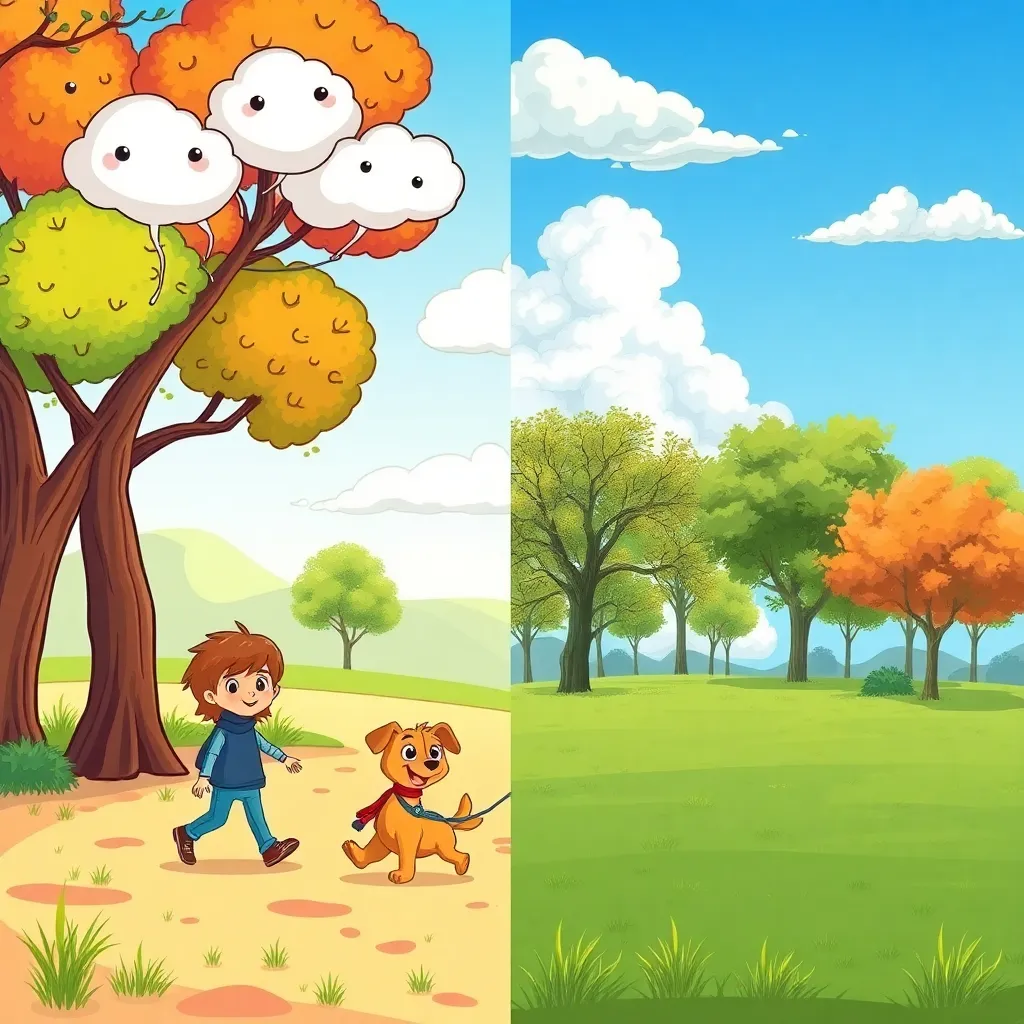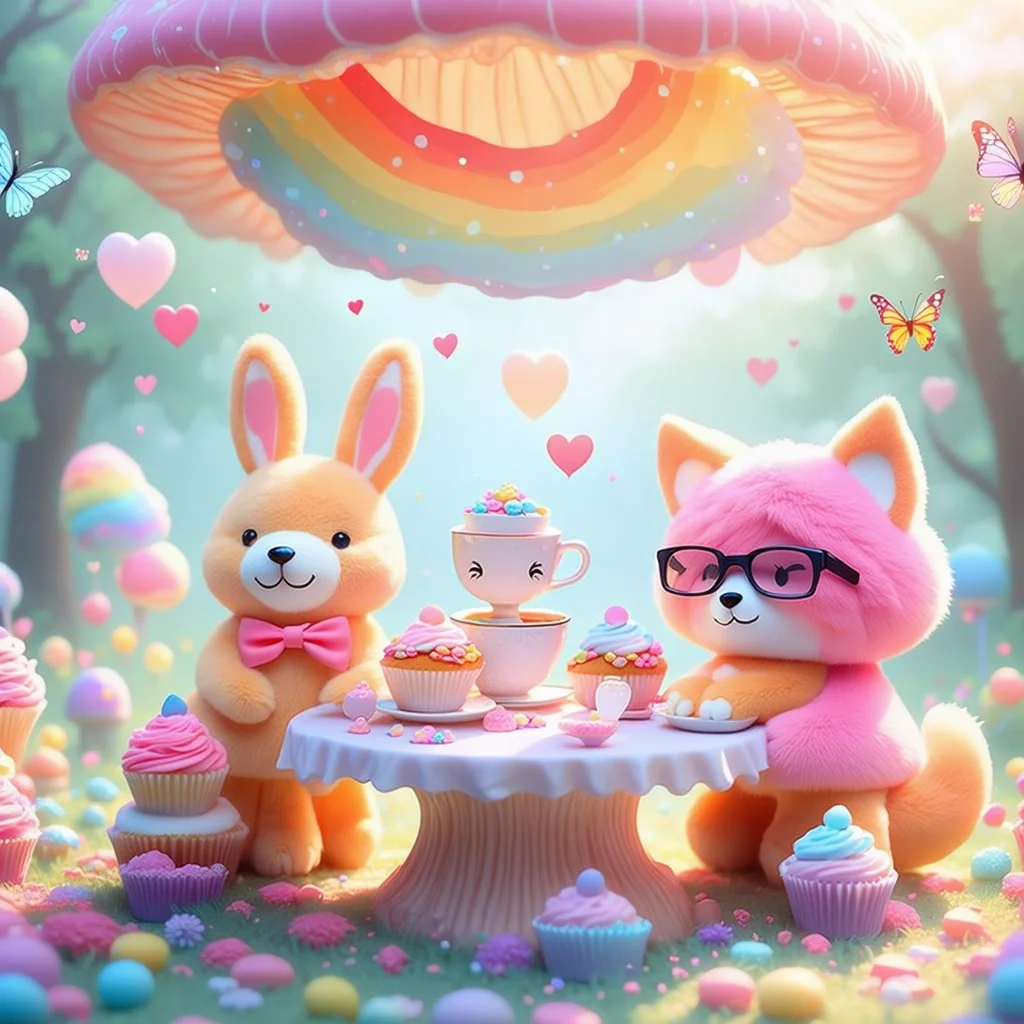
Plushy World AI Image Generator
Plushy World Style is a whimsical visual effect that transforms images into soft, toy-like scenes filled with vibrant pastel colors, fuzzy textures, and adorabl...
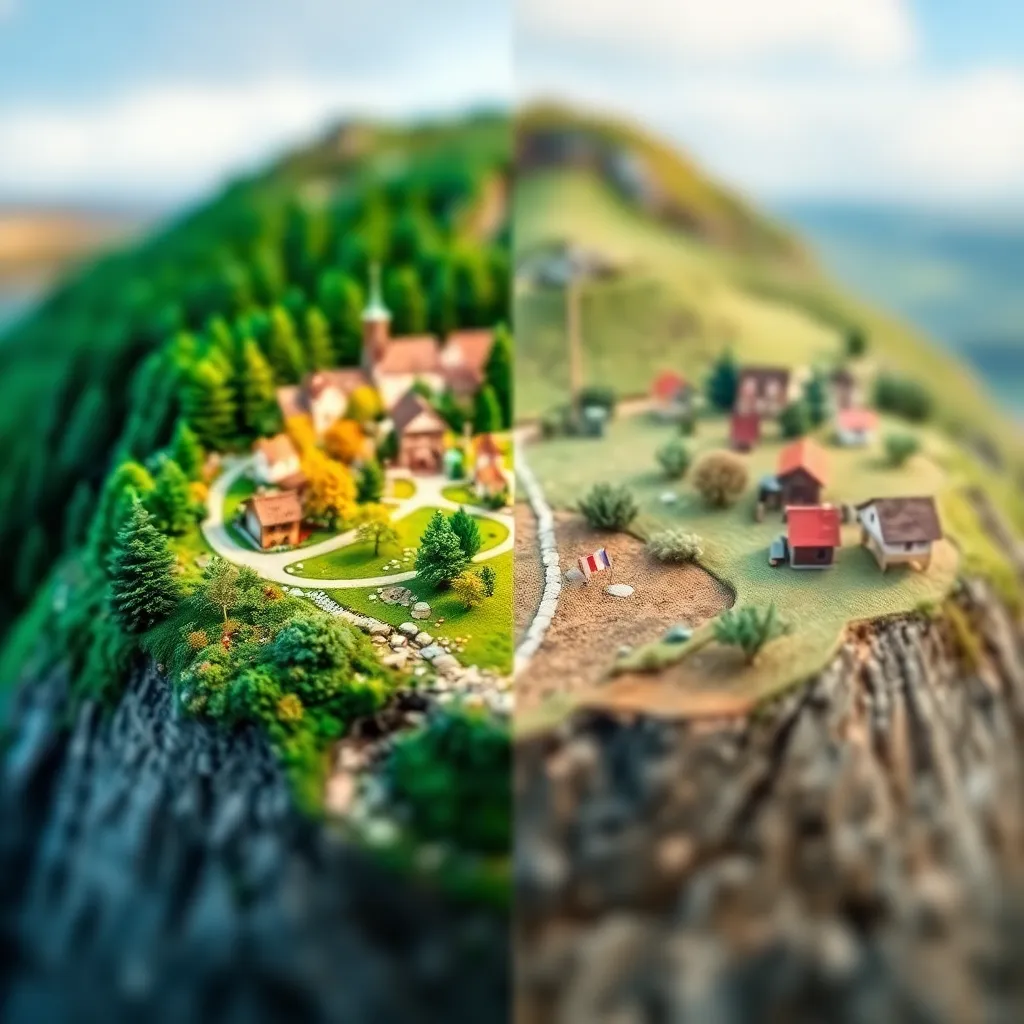
Style
Mini World Style is a creative photographic effect that transforms panoramic or wide-angle images into tiny planet-like worlds. By warping landscapes, cityscapes, or scenes into circular compositions, this technique offers a whimsical, immersive, and imaginative perspective. Mini World Style is popular for social media, promotional materials, travel photography, event marketing, and fantasy art, captivating viewers with its playful and surreal visuals.
Train AI Image Models
Train a unique character from your own everyday photos, apply the ready to use Mini World AI Image Generator to generate interesting and eye-catching images.
Starting point for AI training is set of your images. More images of same character can be added to improve the model.
Apply ready to use styles and effects on pretrained model or use custom prompt to generate images.
Images generated from the pretrained model
Use our Photomatic AI image generator to create mesmerizing Mini World Style images. With just a few clicks, you can transform ordinary photos into imaginative tiny planet scenes perfect for social media, promotions, and personal projects. Try it now and unlock a new world of creativity!
Generate your own AI images with Mini World Style effects
Mini World Style, also referred to as the “Tiny Planet” effect, is a photographic and digital art technique that transforms standard panoramic or wide-angle photos into circular, planet-like compositions. The result is a captivating visual where landscapes, cityscapes, or any extended scene curves around a central point, creating the illusion of a miniature world floating in space.
This effect has its roots in both traditional panoramic photography and advancements in digital image manipulation. With the introduction of digital editing tools like Adobe Photoshop and the popularization of “polar coordinates” filters, photographers and artists began experimenting with warping panoramic images into circles. The trend grew rapidly in the 2010s, fueled by the rise of social media platforms and mobile apps that made the effect accessible to a wider audience. Today, AI-powered generators and smartphone apps allow anyone to create Mini World Style images in seconds, further spreading its popularity.
The charm of Mini World Style lies in its ability to turn familiar scenes into something playful, surreal, and visually striking—turning a city skyline, a festival, or a campus into a tiny, self-contained universe.
Mini World Style has found fans and practitioners across several creative fields:
The style’s universal appeal and adaptability have made it a staple in both professional and hobbyist circles.
Mini World Style enhances photography in several unique ways:
By warping the horizon into a circle, it offers a brand-new perspective on familiar scenes. This transformation can make a regular cityscape look like a floating planet, instantly grabbing viewers’ attention.
The circular, planet-like form gives even mundane locations a dreamy, storybook quality. This playful approach ignites curiosity and invites viewers to explore the image more closely.
Mini World images are unmistakable and instantly recognizable. Their bold, surreal composition ensures they stand out whether on a social feed, poster, or brochure.
The style condenses wide scenes into a compact, unified composition, making it easier to present a lot of visual information at a glance—ideal for conveying the vibrancy of an event or the beauty of a landscape.
The process inspires experimentation with angles, subjects, and editing techniques, allowing creators to push the boundaries of conventional photography.
Mini World Style is more than a photographic gimmick—it’s a creative lens that transforms how we see familiar places and scenes. Whether you’re a photographer, marketer, designer, or hobbyist, this style offers a delightful way to tell stories, capture attention, and make your images unforgettable. With today’s tools and technology, anyone can dive into the world of tiny planets and unleash their imagination.
Automate your image generation with AI Agents
Mini World Style, also known as the 'tiny planet' effect, is a creative image manipulation technique where panoramic or wide-angle photos are warped into circular compositions, making the scene appear as a small, spherical world. This effect gives a whimsical and surreal perspective to landscapes, cityscapes, and various scenes.
You can create Mini World Style images using photo editing software like Photoshop, GIMP, or specialized apps and AI generators. The process usually involves taking a 360-degree panorama or a wide-angle image and applying a 'polar coordinates' or similar distortion filter to wrap the image into a planet-like shape.
Panoramic images, cityscapes, landscapes, and scenes with clear horizontal lines or distinctive skylines work best. The technique is effective with scenes that have interesting details across the width of the photo, so the resulting 'planet' looks full and visually engaging.
Mini World Style is popular on social media, promotional posters, travel brochures, event marketing, book covers, and creative art projects. Its playful, eye-catching look makes it ideal for attracting attention and generating curiosity in a variety of visual content.
Yes, you can use Mini World Style for group portraits, event photos, or even personal travel memories. While it's more commonly used for landscapes and cityscapes, creative experimentation with people and objects can yield unique results.
While a panoramic or wide-angle camera helps, you can also stitch together multiple images or use smartphone apps that create panoramas. The key is to have a wide, continuous scene for the best tiny planet transformation.
Let us help you automate your marketing tasks. Our platform allows you to create custom AI chatbots, agents, and workflows that can handle a wide range of tasks, from customer support to content generation.
Generate professional marketing visuals in seconds. Our AI creates stunning images that maintain brand consistency across all your campaigns without expensive design services.
Produce large volumes of customized content efficiently. Create hundreds of images, blog posts, and marketing materials simultaneously with our AI automation workflows.
Train AI models on your brand assets to create unique, on-brand visuals for any campaign. Maintain consistent visual identity across all marketing channels with character training technology.
Plushy World Style is a whimsical visual effect that transforms images into soft, toy-like scenes filled with vibrant pastel colors, fuzzy textures, and adorabl...
3D Style is a cutting-edge visual effect that transforms 2D photographs and illustrations into vivid, dimensional artworks. By leveraging advanced rendering tec...
Cartoon Fun Style is a playful and colorful photo effect that transforms ordinary images into vibrant, animated scenes reminiscent of beloved cartoons. With exa...

